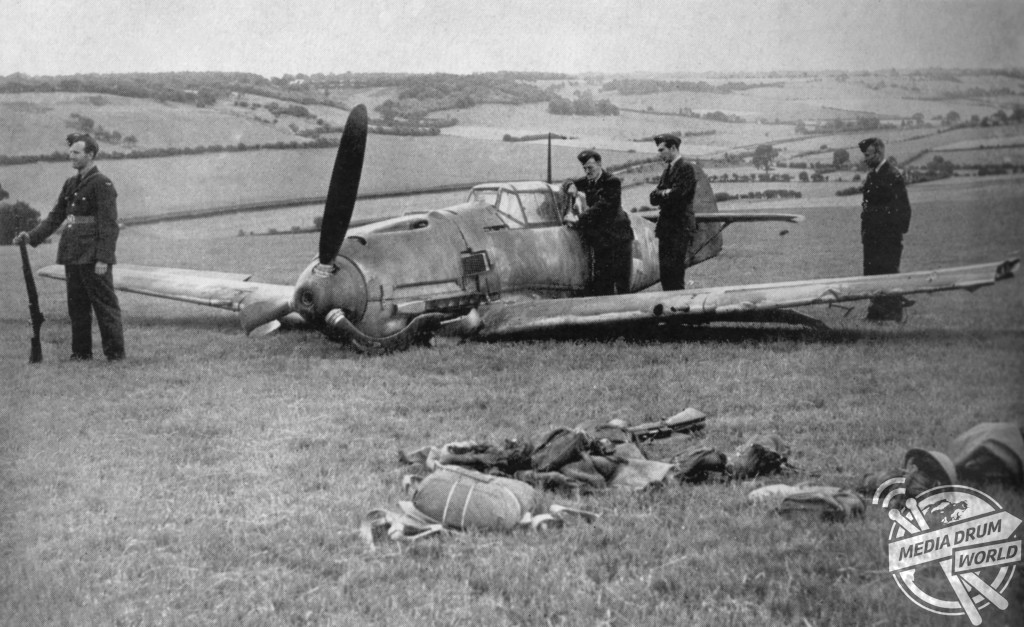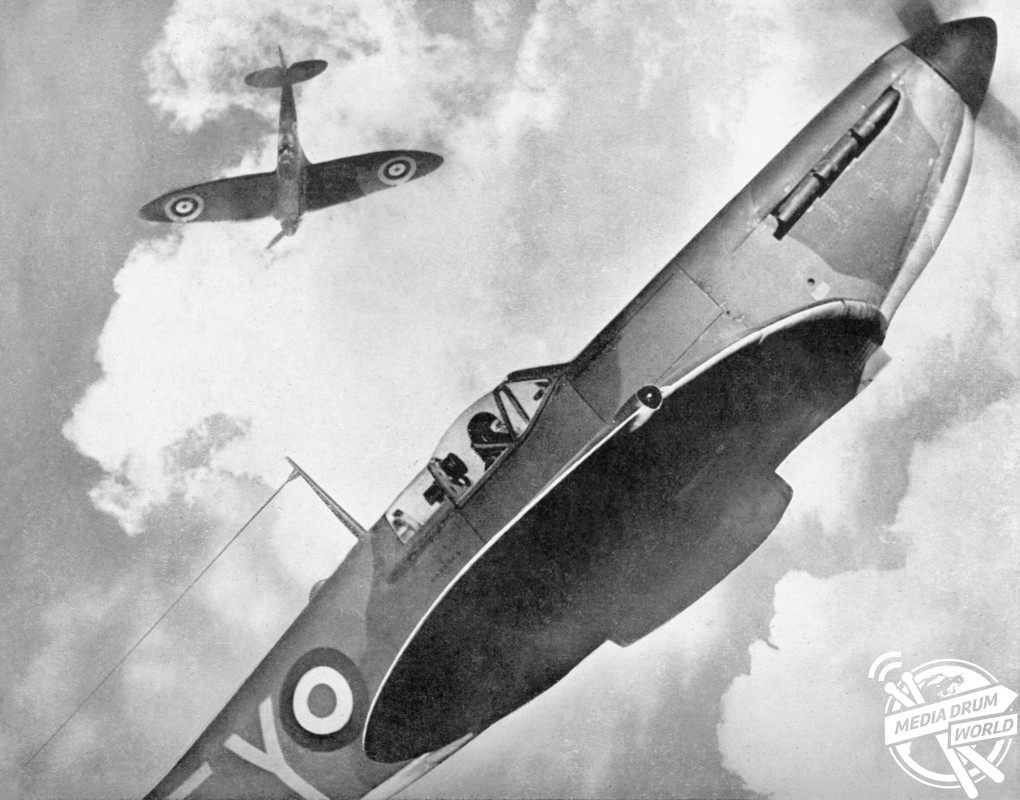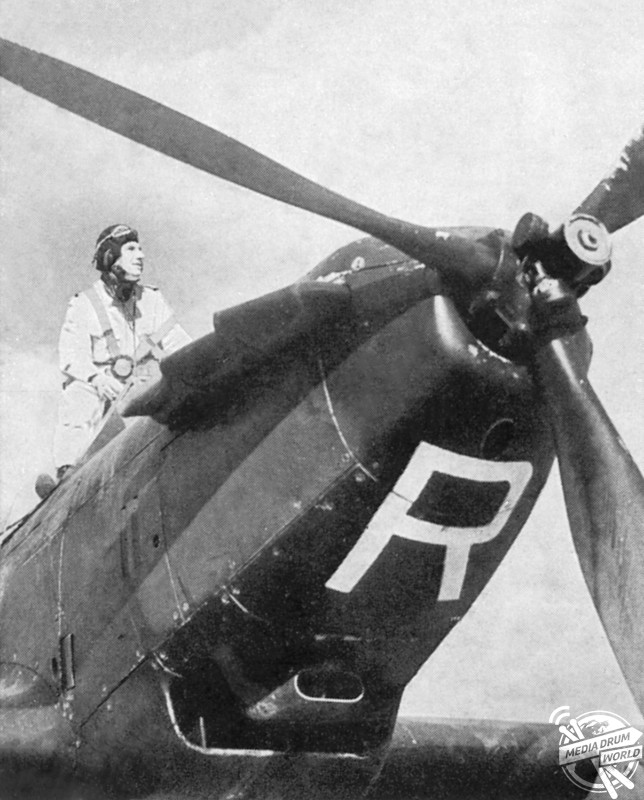
By Mark McConville
OFFICIAL despatches from British military leaders included in a new book have shed light on some of World War Two’s crucial battles.
As the movie on Churchill’s WW2 leadership, The Darkest Hour and the British blockbuster Dunkirk are both set to be nominated for numerous Oscars, this book on the crucial despatches relating to this period focuses on operations against the Nazis in 1940, including the Dunkirk evacuation and the Battle of Britain.

smaller vessels across the Channel to save wear and tear on their engines. The Dunkirk evacuation
relied on ships both great and small. Off the beaches the larger ships would wait as smaller shallow
draft vessels got close to the beaches to pick up the waiting troops. They would then often be
transhipped to larger vessels to allow the ‘little ships’ to go back to the beach and rescue another
group of troops. GH Bennett / mediadrumworld.com
They go into unusual levels of detail and are written in a straightforward style, with unvarnished insights into what the commanders at the time felt was important for the public and politicians to know about the military operations they concern.
One such dispatch deals with the concerns of an ever-approaching enemy which could be held off no longer and the need for evacuation from Dunkirk.

It reads: “I then expressed the opinion that now the Belgian Army had ceased to exist, the only alternatives could be evacuation or surrender.
“The enemy threat to the North-Eastern flank appeared certain to develop during the next forty-eight hours.
“The long South-Western flank was being subjected to constant and increasing pressure, especially at Cassel and Wormhoudt, and the arrival of the enemy heavy columns could not be long delayed. These considerations could not be lightly dismissed.”

dogfighter. It was not, however, an easy aircraft to produce or to repair. GH Bennett / mediadrumworld.com
The despatches form the basis of G. H. Bennett’s new book, Desperate Victories, published by Amberley.
“In 1940 Britain faced a series of battles that would define the early years of the Second World War and with it British identity for the next 70 years,” he writes in the book’s introduction.
“On those battles turned the survival of a nation, and the hopes of others that had been overthrown by the military forces of Nazi Germany.

Graf Spee on 17 December 1939. Here he greets crew members from HMS Ajax and HMS
Exeter after a luncheon in their honour in London. GH Bennett / mediadrumworld.com
“They have immediacy and an authenticity which modern popular history can never approach. The writers of these despatches did not seek to be controversial, but their subject matter was at the time (and in some cases still is today) a matter of heated debate.
“As the wartime generation passes on, these debates will once again be revisited in a Britain much changed since the dark days of 1940.

the evacuation. In the background, troops are marching out towards the sea to the waiting vessels
near the shore. GH Bennett / mediadrumworld.com
“Despite the passing of the decades “The Dunkirk Spirit” and “Keep Calm and Carry On” remain powerful evocations of national spirit, resilience and innovation in the face of crisis. Likewise, the victory of “The Few” of the Battle of Britain encapsulates a range of positive national images ranging from the heroism of the pilots of the RAF, the stoicism of the British public faced with aerial bombing, through to the genius of British engineers whose contribution to victory in 1940 included radar, the beauty of the Supermarine Spitfire and the utter dependability of the Hawker Hurricane.
“First framed by Churchill in 1940, in the years of national decline after 1945, the mercurial deliverance of national survival in 1940 has become an iconic testament to the strength of British character.”

Fairey Battle proved less than successful in the Battle of France, with Battle squadrons sustaining
heavy losses. GH Bennett / mediadrumworld.com
The despatches originally appeared in the 1940s in the journal The London Gazette. This was established in 1665 as the official public record, reproduced in the book in association with The National Archives.
Desperate Victories, by G. H. Bennett and published by Amberley is available now. RRP £20.






